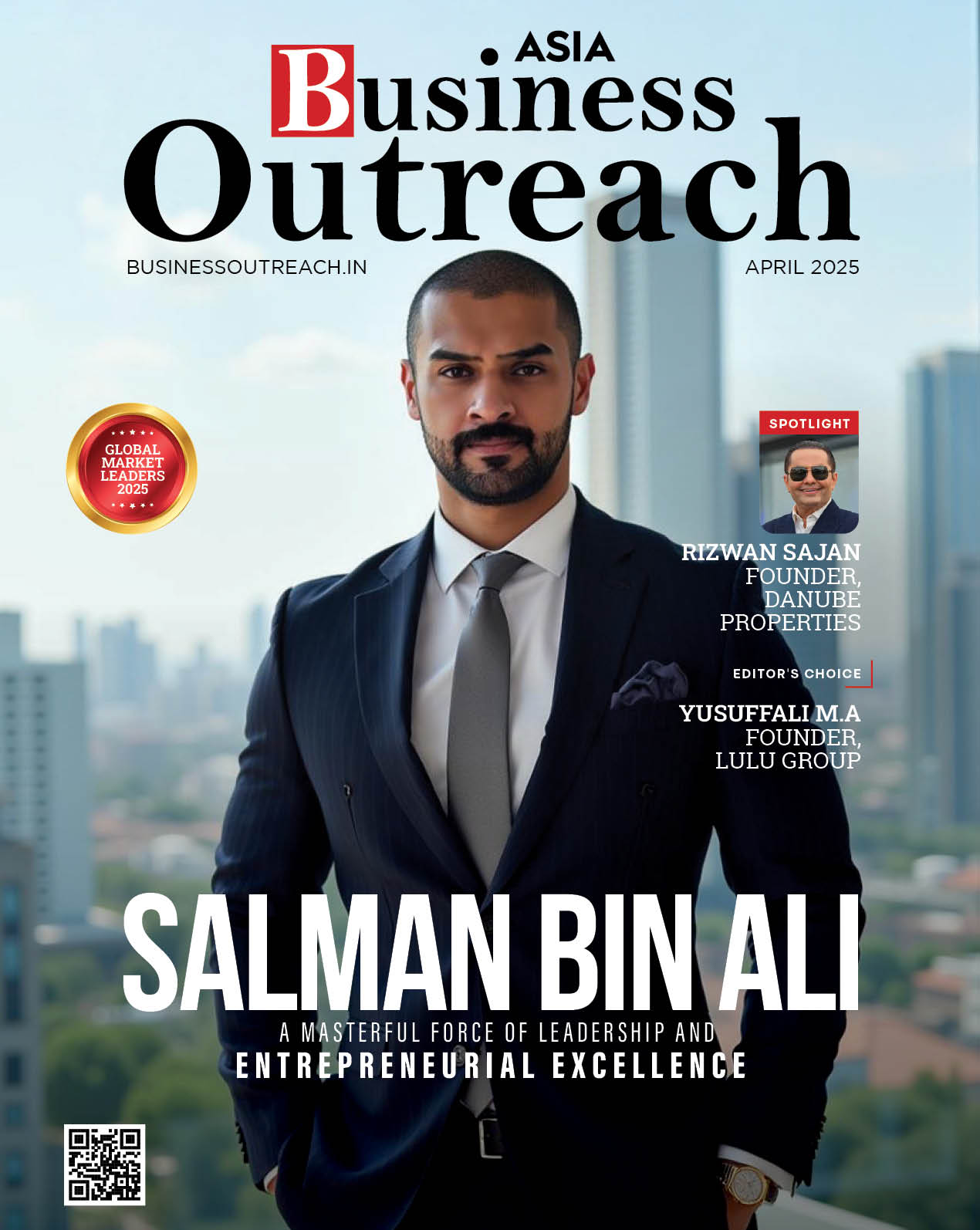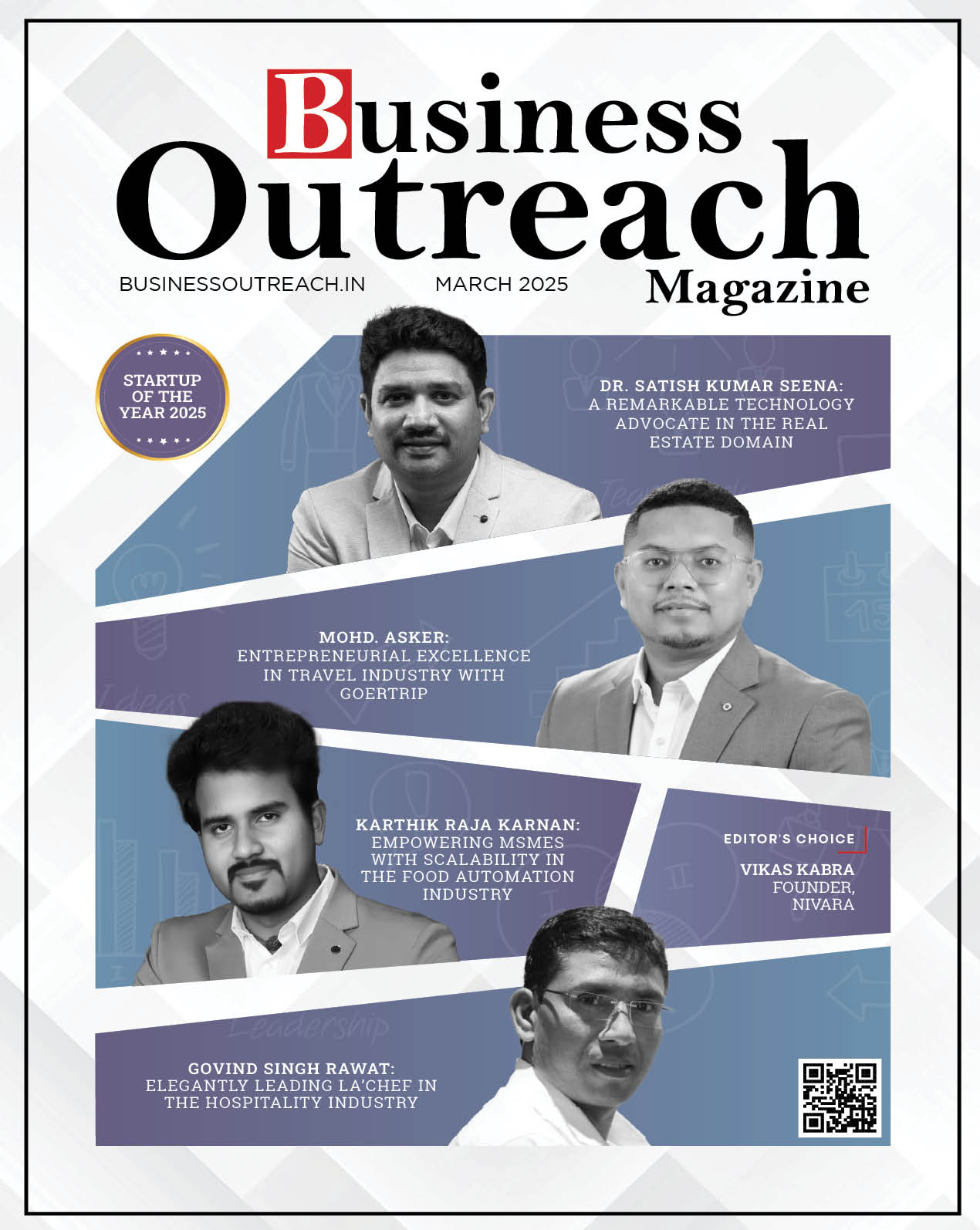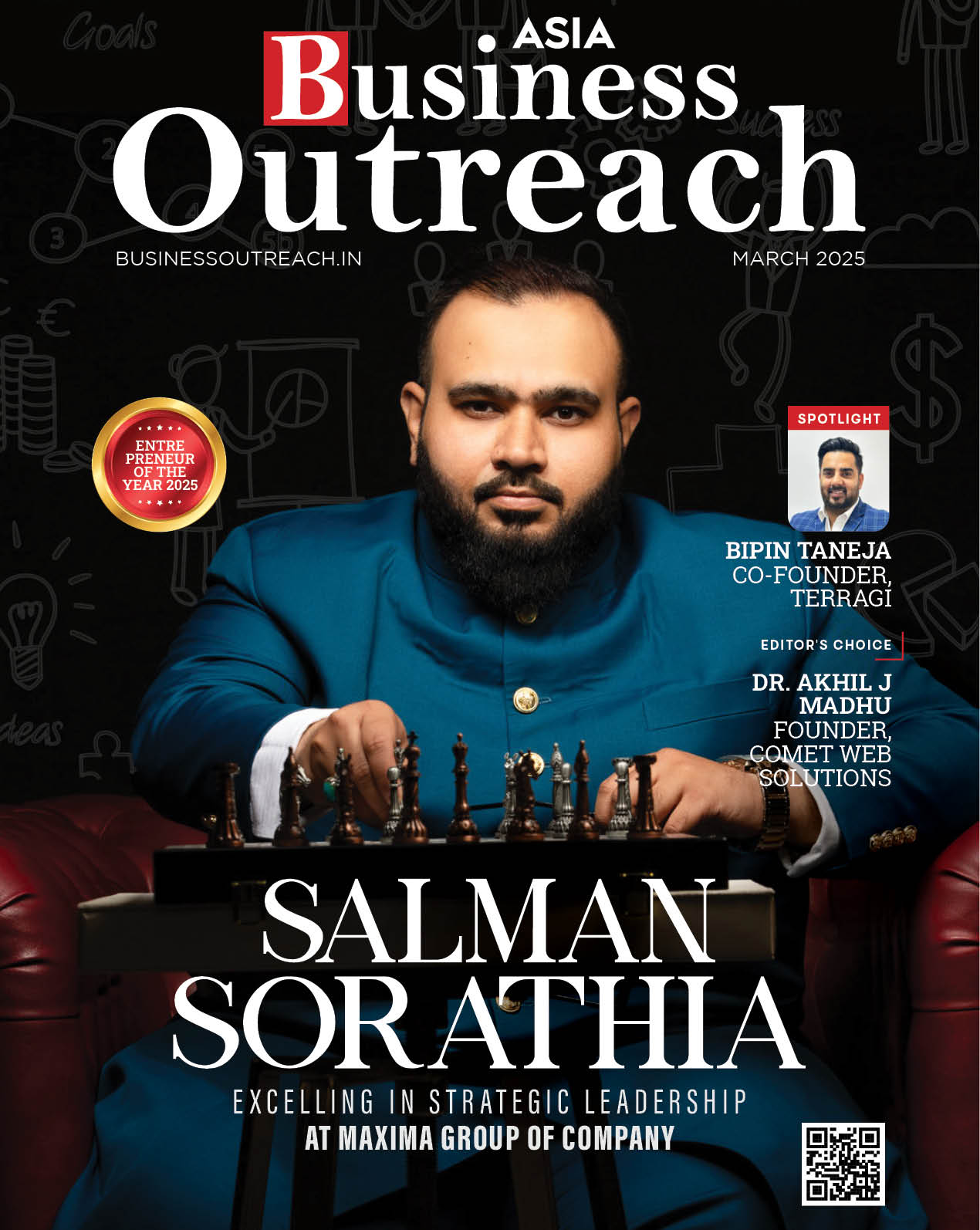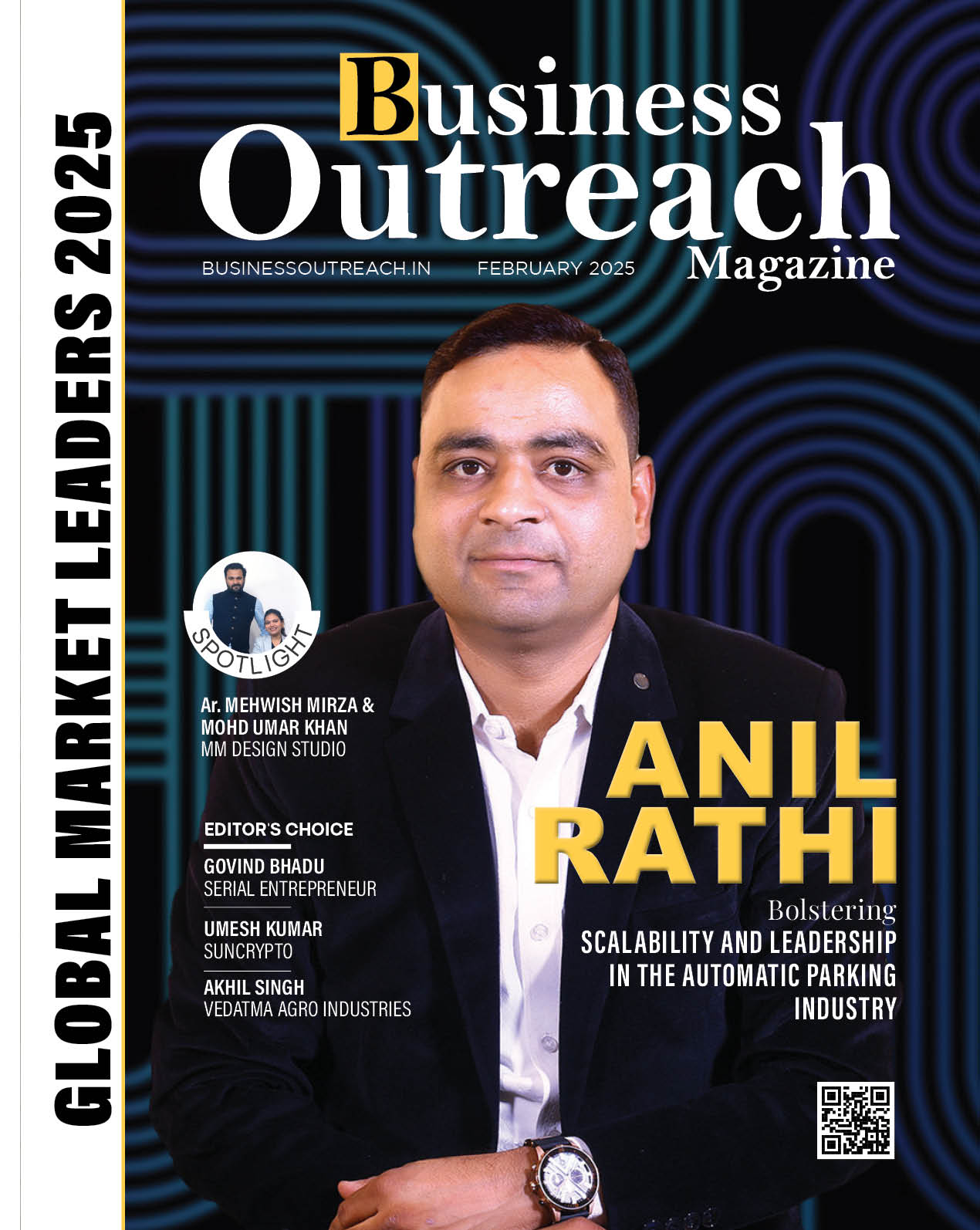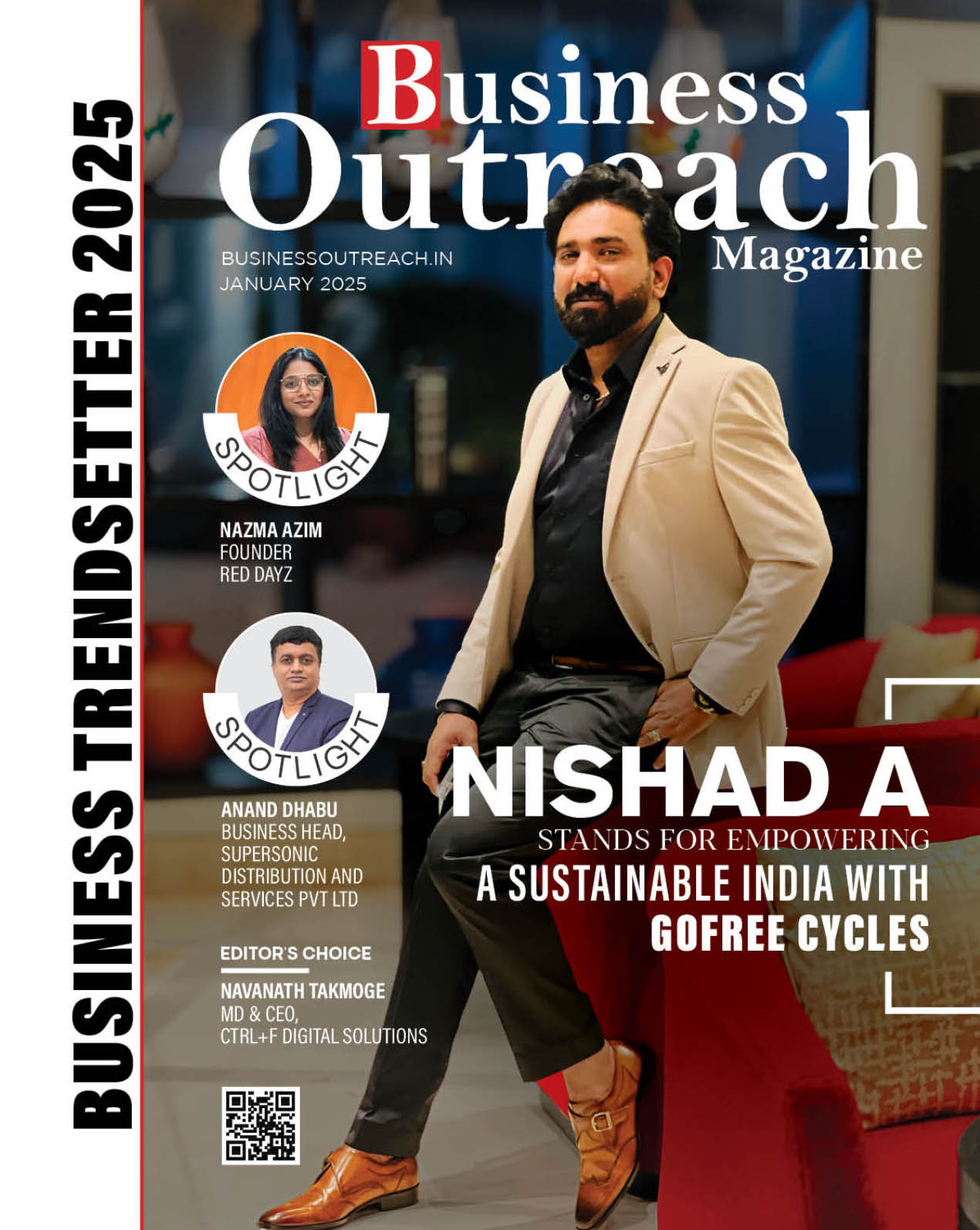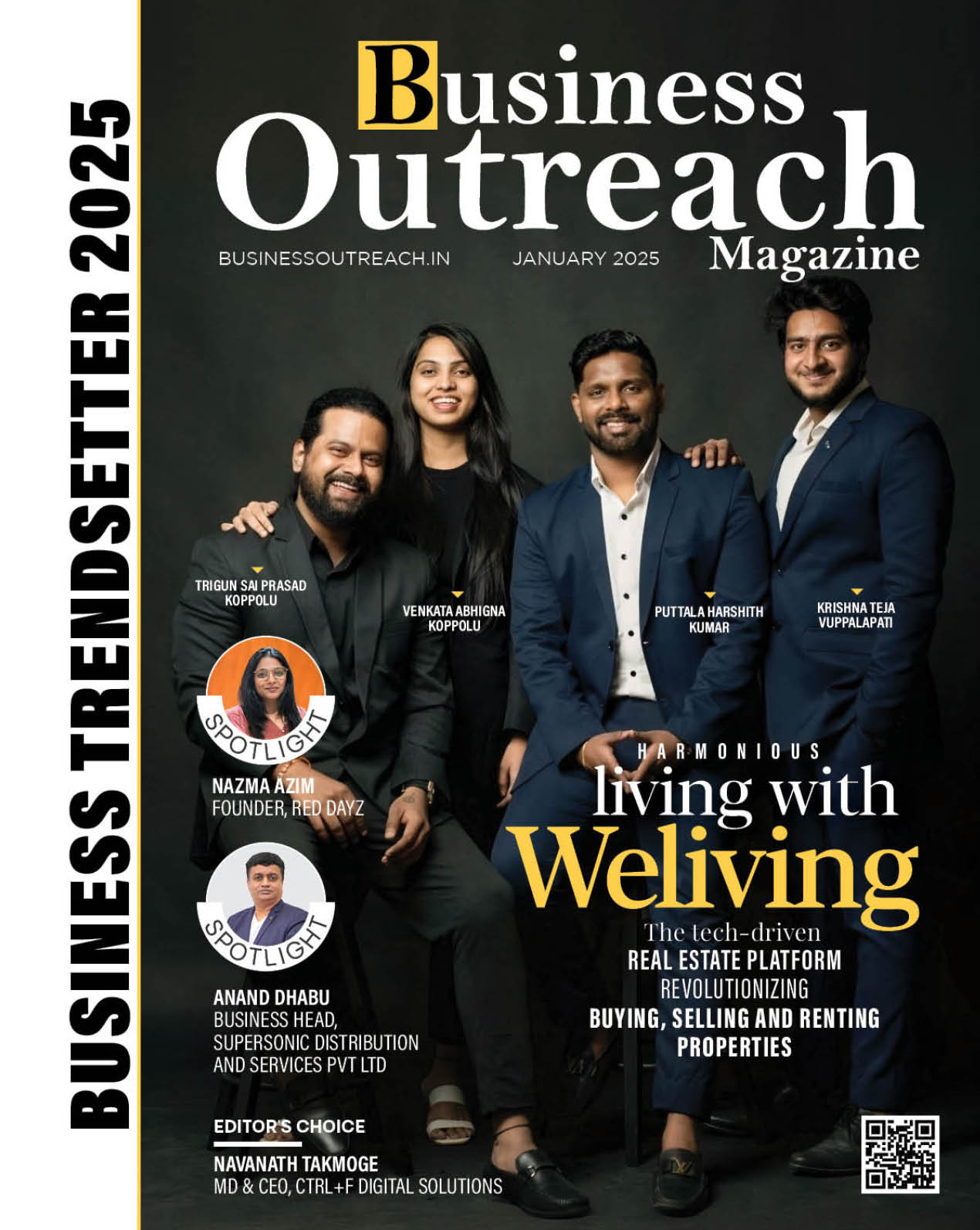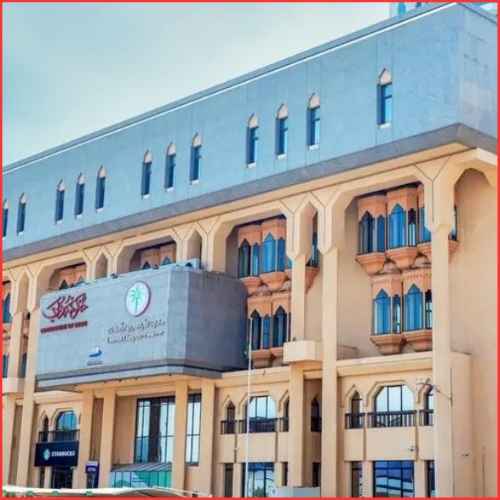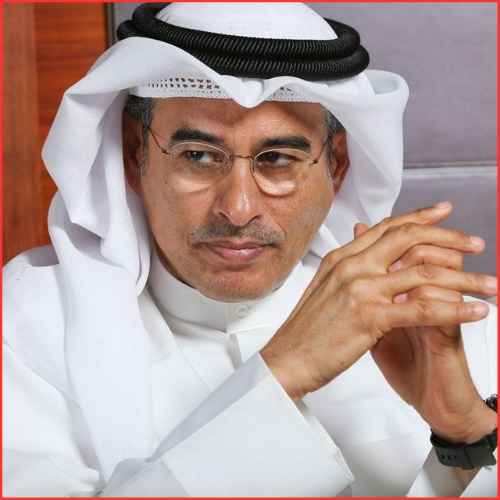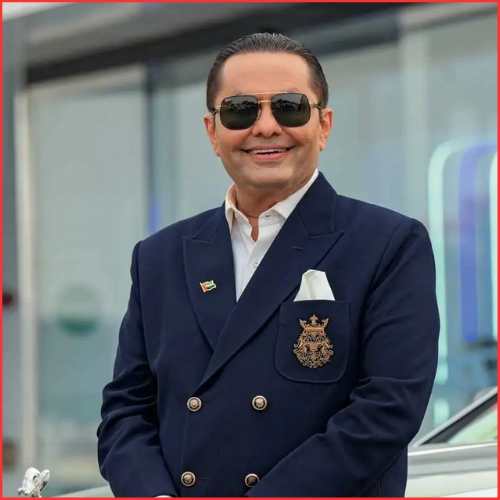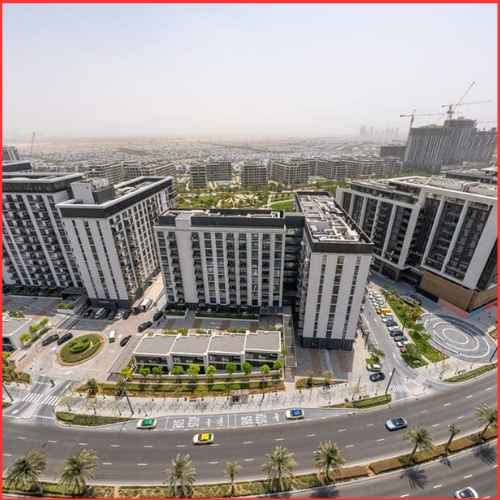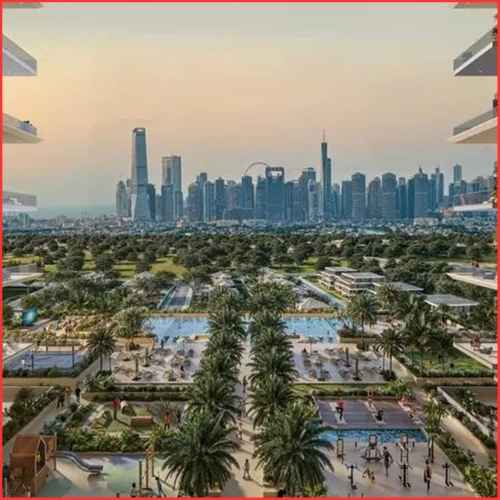Introduction
Mohamed Alabbar is an Emaar Properties’ property genius and is one of the most powerful men among property developers is a testimony to his vision, perseverance, and integrity. With all his records, he arguably surpasses the Burj Khalifa with his vision and determination.
Burj Khalifa is not only the world’s tallest building but a masterpiece of engineering and architecture that has pushed humanity to do what it previously could not. Alabbar’s vision in overseeing this enormous development changed Dubai’s skyline and, more importantly, its economy. The skyscraper is a symbol of advancement, representing Dubai’s rapid transformation into a global economic superpower.
We have witnessed Mohamed Alabbar from constructing Emaar Properties to constructing the Burj Khalifa, and how eternity re-wrote the world and Dubai of economics. Having accorded him the honor of producing and delivering the impossible, we can now duly value much more the energy of imagination and belief that man has in creating impressions on the pages of history that last an entire lifetime.
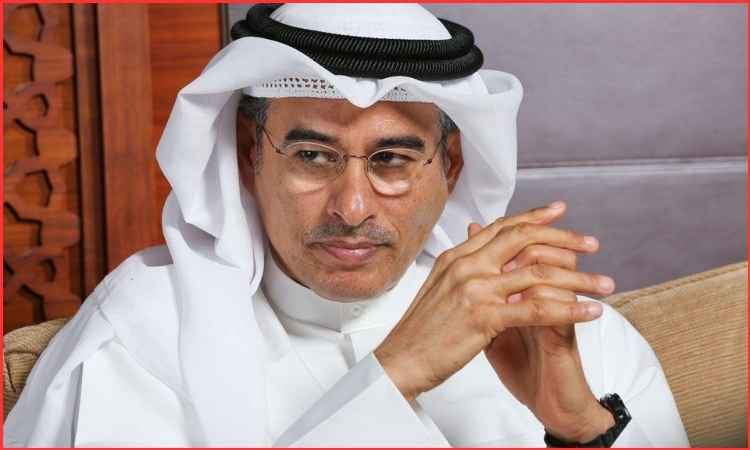
Source: Arabian Business
Table of Contents
| S. No. | Mohamed Alabbar’s Journey to the Burj Khalifa |
| 1 | Early Life and Career of Mohamed Alabbar |
| 2 | The Emergence of Emaar Properties |
| 3 | Construction of Burj Khalifa |
| 4 | Engineering and Design Challenges |
| 5 | Financial and Economic Issues |
| 6 | Alabbar’s Ongoing Influence |
| 7 | Conclusion |
- Early Life and Career of Mohamed Alabbar
Mohamed Alabbar had respect, a strong work ethic, and tolerance since childhood. He picked up business know-how and respect from his father’s business endeavors. While researching about his education, Alabbar graduated with US bachelor’s degrees in finance and business administration at Seattle University. Education abroad has acquainted him with overseas sectors and trends in the world market internationally, so he can stand ready to pitch later in Dubai.
Alabbar also serves in some government positions in the UAE, where he has directly contributed to economic growth. He was the Director General of the Department of Economic Development of Dubai, where he provided business-friendly policies and foreign investment attractions. His visionary leadership and leadership caught the eye of the ruler of Dubai, His Highness Sheikh Mohammed bin Rashid Al Maktoum, very early. With all the possibilities available to him, Sheikh Mohammed assigned Alabbar to build the city of Dubai, and in 1997, Emaar Properties was born.
- The Emergence of Emaar Properties
Emaar Properties was created to transform the Dubai real estate industry and create a world-class property for foreign buyers and residents. Alabbar had envisioned the end of a string of upscale developments that would make Dubai a global brand. Unlike the traditional real estate firm, Emaar created master-planned communities with greens, luxury, and lifestyle amenities.
The Springs, The Meadows, and Emirates Hills, the upscale residential villages, were some of Emaar’s first mall mania successes. These offered city lifestyles in the form of residing in the environment of living, among other infrastructure, landscaped environments, and facilities of world-class size. Alabbar had more ambitious plans in his mind – with which he tried to build an architectural giant that would place Dubai at the center of the world map so that it could be as broad in influence as possible when innovative thinking and imagination were added to the equation.
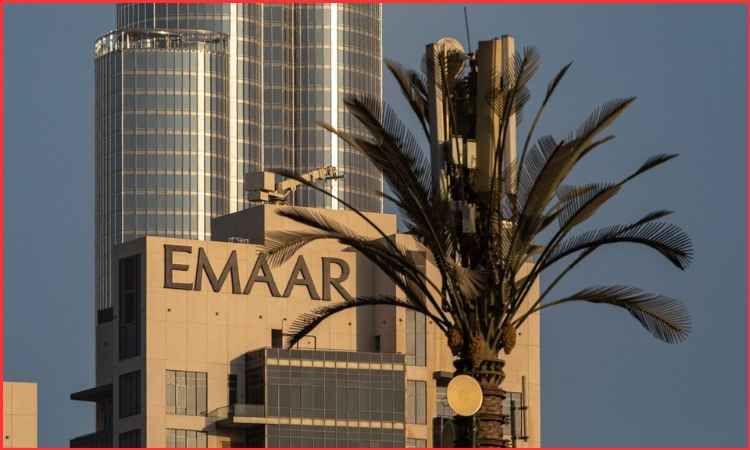
Source: Bloomberg
- Construction of Burj Khalifa
Burj Khalifa’s construction began in the early 2000s as Dubai was racing to build its economy at breakneck speeds. Alabbar and his friends at Emaar focused on constructing a structure that would not only break records but also symbolize human achievement and economic strength. The construction was focused on urban development, engineering, and global architecture.
Motivated by the inspirational push of Empire State Building spires, Sears Tower, and Petronas Towers, Alabbar conceived Burj Khalifa as a hybrid tower consisting of luxury residential apartments, offices, five-star hotels, and observation decks. It would be a commercial and tourist destination, placing Dubai on the world map.
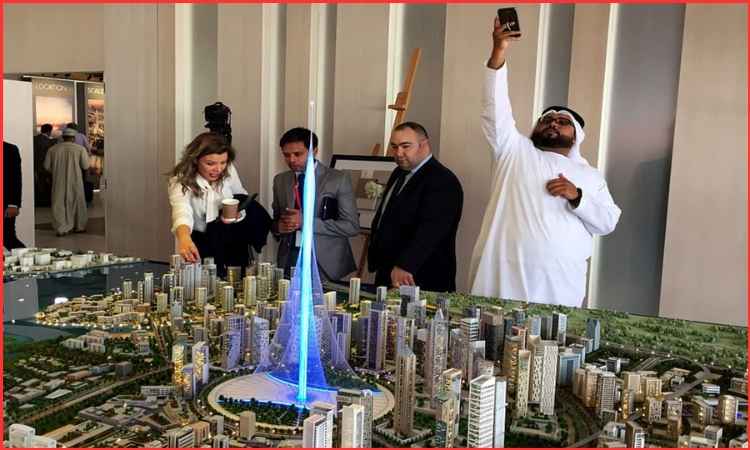
Source: CNBC
- Engineering and Design Challenges
Adrian Smith entrusted structural designing and Burj Khalifa to the world’s leading American architectural firm, Skidmore, Owings & Merrill (SOM). To maintain stability and support the building, the building has been designed to be Y-shaped in the plan so that the building would receive the optimum wind resistance and aerodynamics. The weather resistance of the building was only due to the application of a mix of next-generation design and high-strength concrete strengthening and high-strength concrete.
The second of the two most daunting tasks was designing the building’s deep foundation, a building whose bearing capacity would have to be provided for because it would be supporting the horrific weight of the building. The engineers could not utilize the alternative option. However, it entailed applying a new method of foundation laying, i.e., long piles of concrete bored deep into the earth in the hope that one could construct a building firm enough because it would have to. The full-scale test tunnel wind also confirmed the wind on the finished product tower, and the same case applies to the building so that security and safety can be assured.
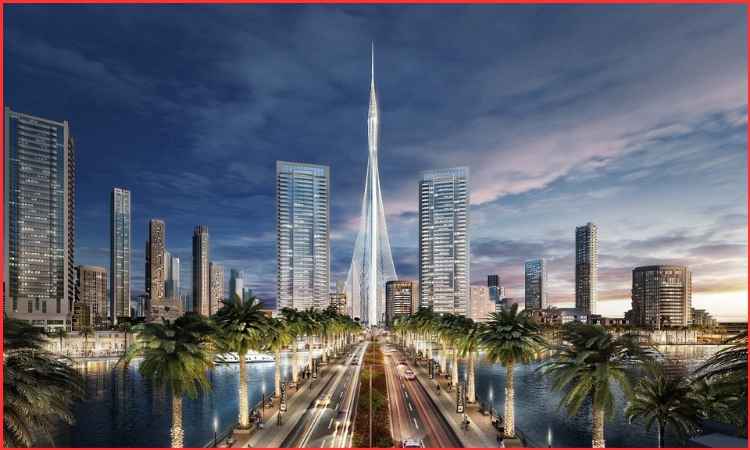
Source: Construction Week
- Financial and Economic Issues
Burj Khalifa construction was done during the 2008 financial crisis, so project handover and finance were not easy. The economic crisis hit Dubai and other financial hubs, revealing the sustainability of mega projects. Master planning and determination of Alabbar enabled the project to move ahead despite the progress, and even the government subsidized the project with political determination for the project and carried on working. Completion and Grand Opening
Six consecutive years of around-the-clock labor were invested in building the Burj Khalifa, which was finally inaugurated on January 4, 2010. The inauguration was a starry evening with glorious fireworks, laser light shows, and a spectacular light spectacle that graced the front pages of newspapers worldwide. The tower was 828 meters (2,717 feet) high and was announced the world’s tallest building, displacing the Taipei 101 and Petronas Towers in Taiwan and Malaysia, respectively.
It was also utilized by Dubai rulers, international reporters, and traders, and Dubai was, therefore, an international first-league city in the sense of visibility. Burj Khalifa was not just the tallest building it was, in actual terms, the emblem of Dubai’s will and desire, development of energy and power.
The construction of Burj Khalifa was a driving force behind the hospitality, retail, and real estate sectors, and luxury hotels, upscale retailers, and high-quality office space proliferated around it.
Tourism went shot sky high, and international visitors thronged to witness the miracle of this engineering itself. The decks offered city skyline views, and therefore, they became a tourist attraction, creating humongous hospitality revenues for Dubai. Downtown Dubai, the complex of such amenities that stretches from The Dubai Mall to The Dubai Fountain, became one of the most sought-after places amongst tourists and expats.
Burj Khalifa’s influence extended much beyond the tourism sector. It created new benchmark heights for designing skyscrapers and eco-friendly city planning, affecting global architects, engineers, and real estate developers. The tower also helped transform Dubai into a cosmopolitan business city. Multinationals set up offices around and inside Burj Khalifa, spurring the city’s commercial property.
In addition, the success of Burj Khalifa also increased confidence among investors in Dubai’s real estate business. The project reaffirmed the fact that Dubai possesses the capability to implement mega-projects even in periods of economic difficulties. Therefore, foreign direct investment in Dubai continued while rendering Dubai a more substantial financial and commercial hub globally.
Source: Curly Tales
Alabbar’s Ongoing Influence
Following the success of Burj Khalifa, Mohamed Alabbar diversified his business into certain other undertakings. Emaar Properties diversified into other mega development projects such as Dubai Mall, Dubai Marina, and the soon-to-be-built Dubai Creek Tower, which would be even taller than Burj Khalifa.
In addition to property, Alabbar’s company diversified into online buying, green city urbanization, and e-commerce. He set up Noon.com, a giant Middle Eastern retailing website, which directly rivals other global online buying websites like Amazon. Opening his companies to green city urbanization and smart city construction businesses is how forward-thinking he is in planning future growth.
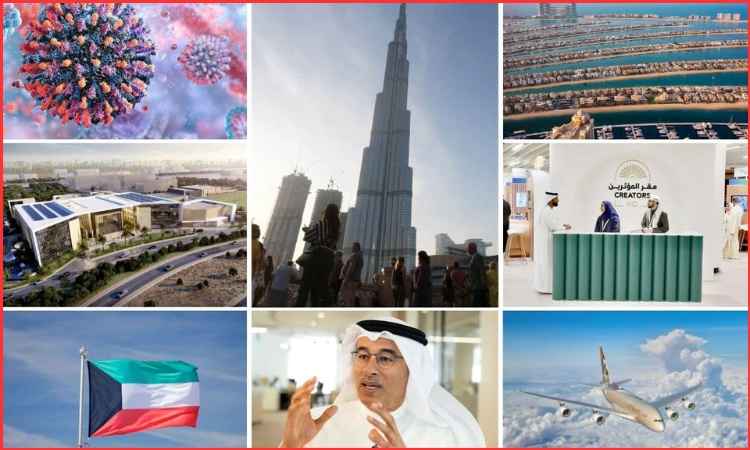
Source: Arabian Business
Conclusion
Mohamed Alabbar’s path from adolescent entrepreneur to owner of the world’s tallest building is a testament to determination, visionary passion, and perseverance. Burj Khalifa is not an engineering wonder; it occurs when vision is coupled with determination.
With his work in development, Alabbar has demonstrated that there is only the limit of the limit of human potentiality if vision is coupled with unyielding commitment and vision. His achievement in property development has required sustained dedication to the world’s view of Dubai as a place for investment, a business hub, and a holiday destination from everywhere and anywhere on this planet and far away. Burj Khalifa continues to see human imagination, technology jumping, and economic change.
As. Dubai developed and flourished as a city, Burj Khalifa is a testament that there are only sky-high boundaries to perfection. It is a testament that anything can be achieved with vision, cooperation, and the need to exceed. Mohamed Alabbar’s legacy is inscribed across the Dubai skyline, a testament to how, with his drive and courage, the boundary is only in the sky.
